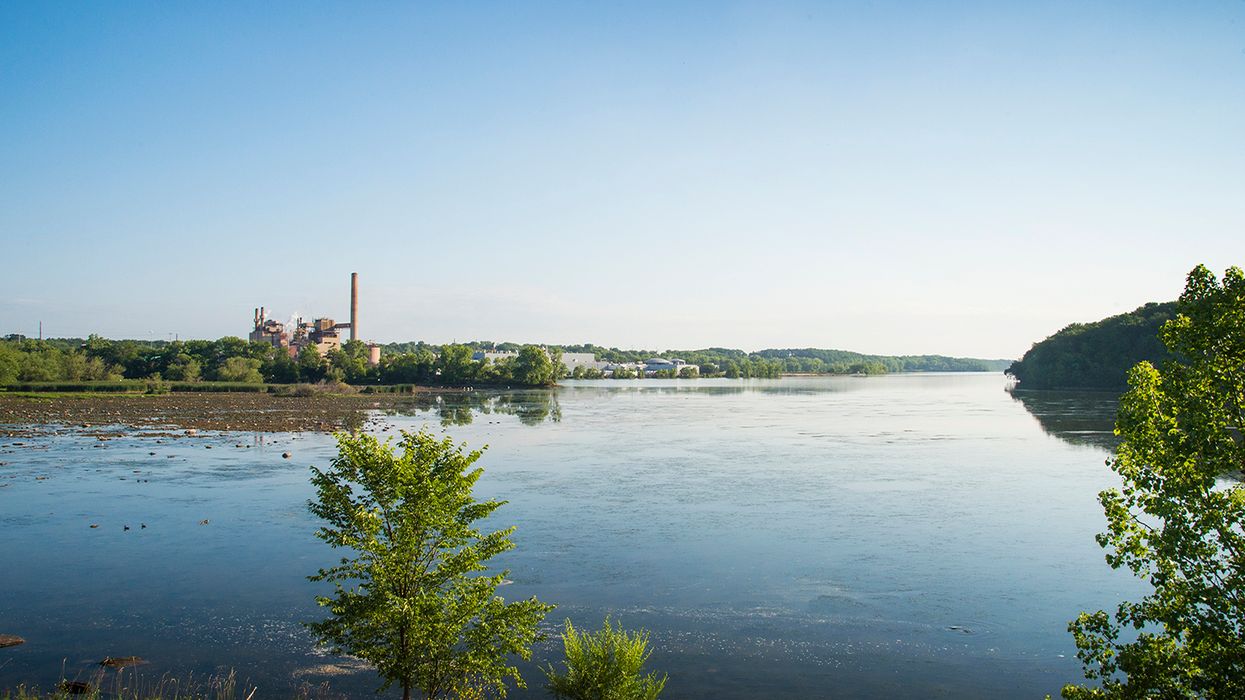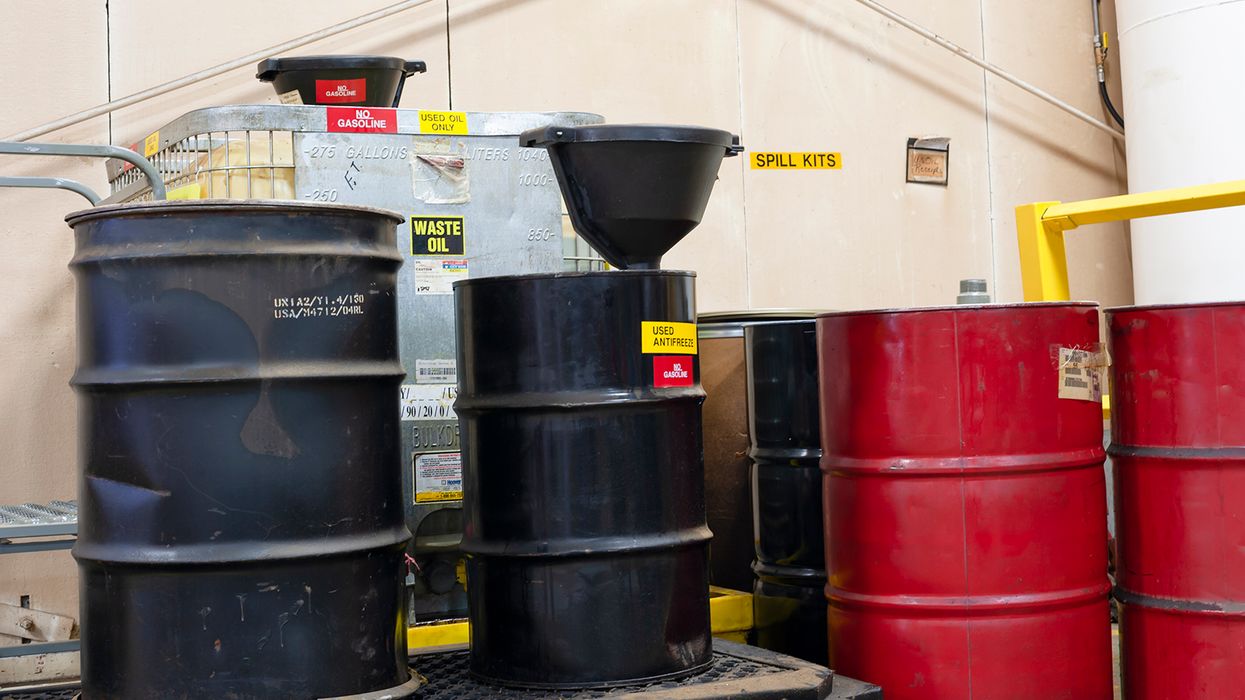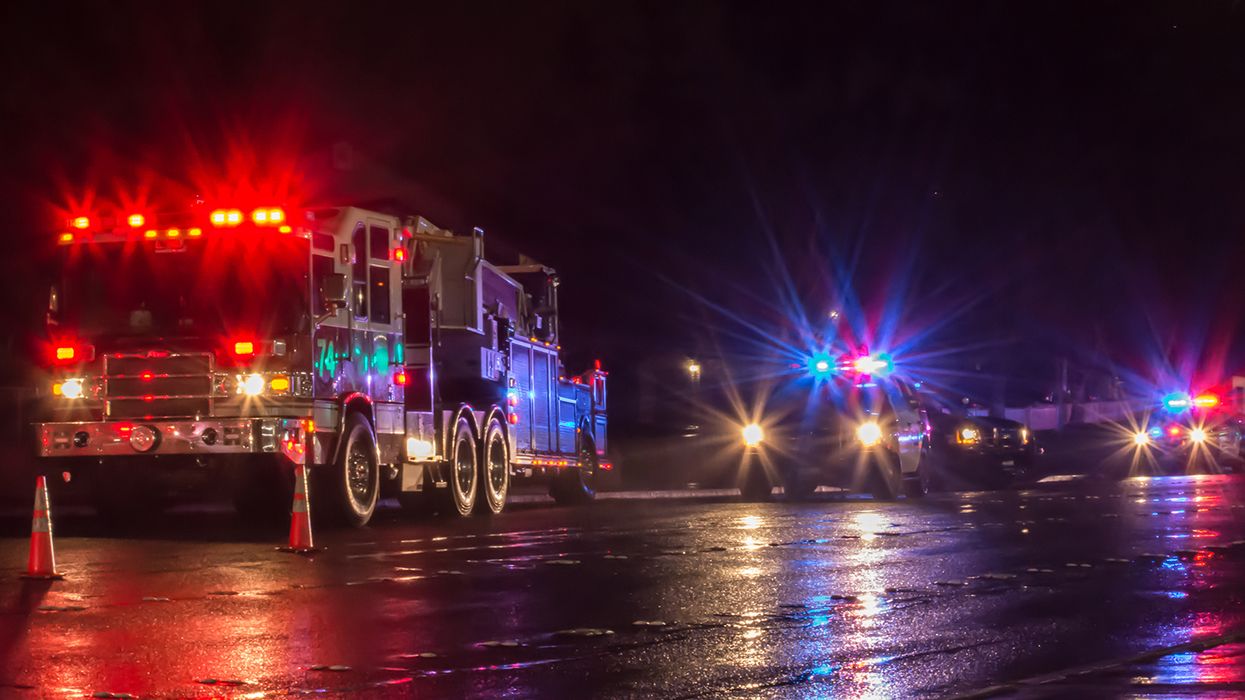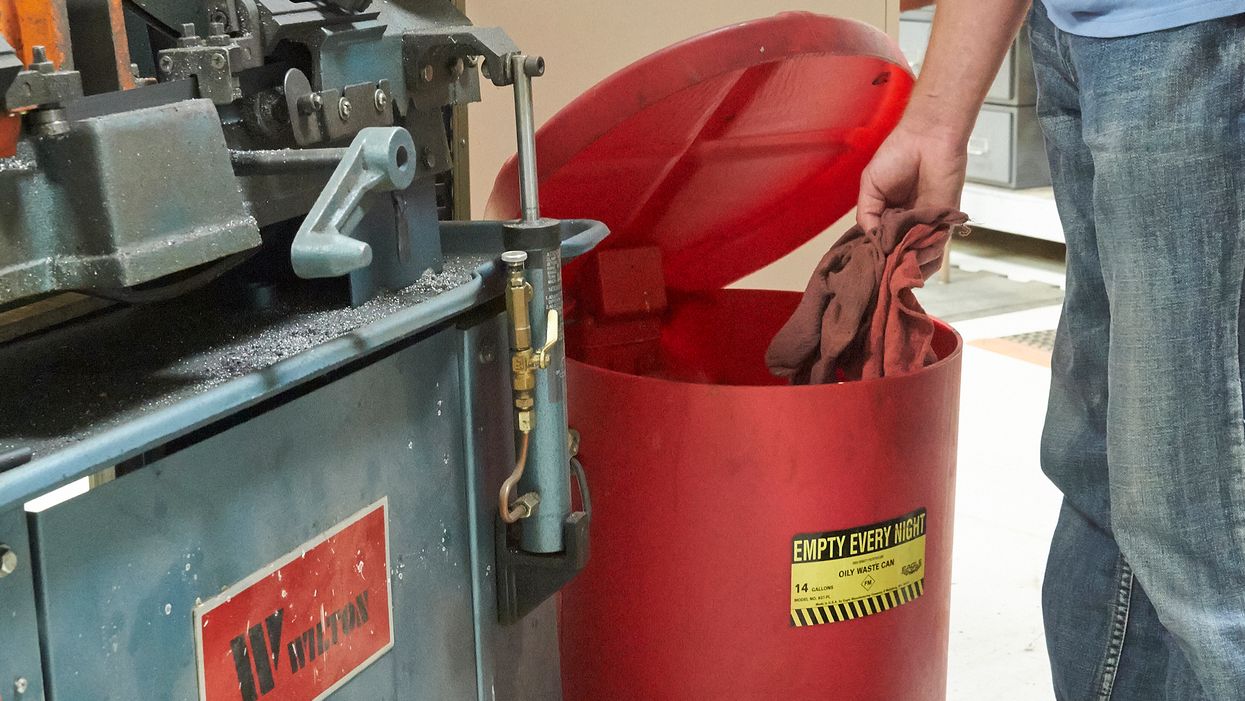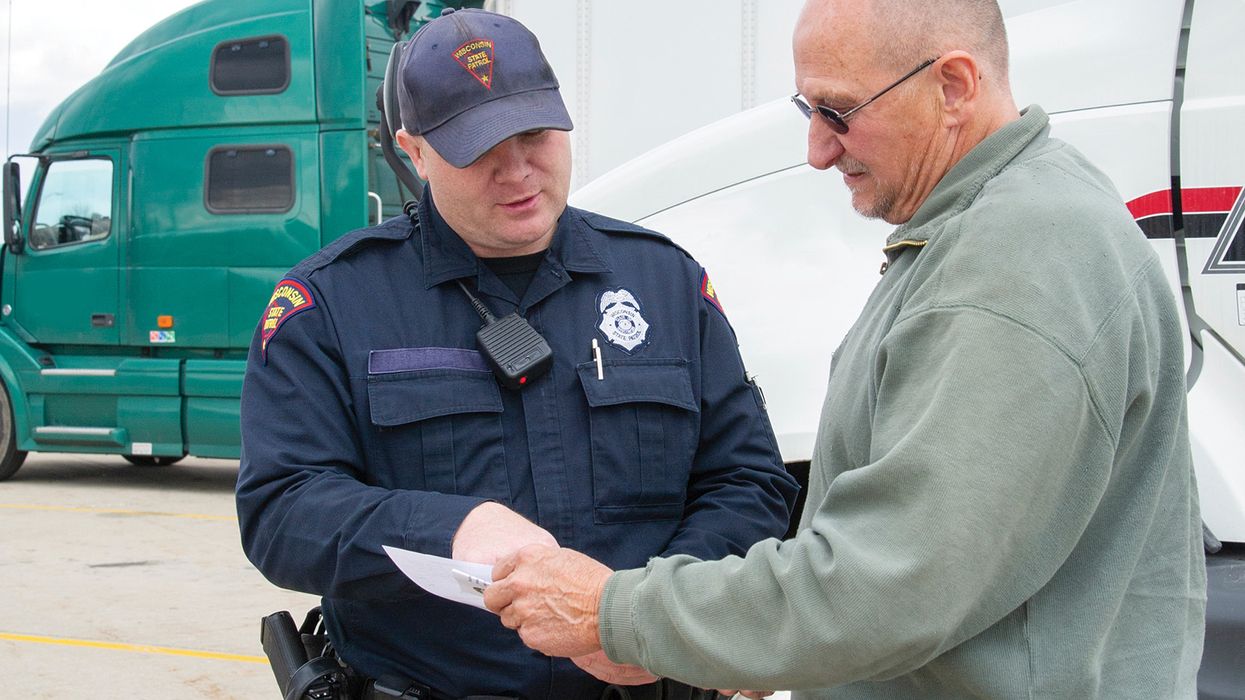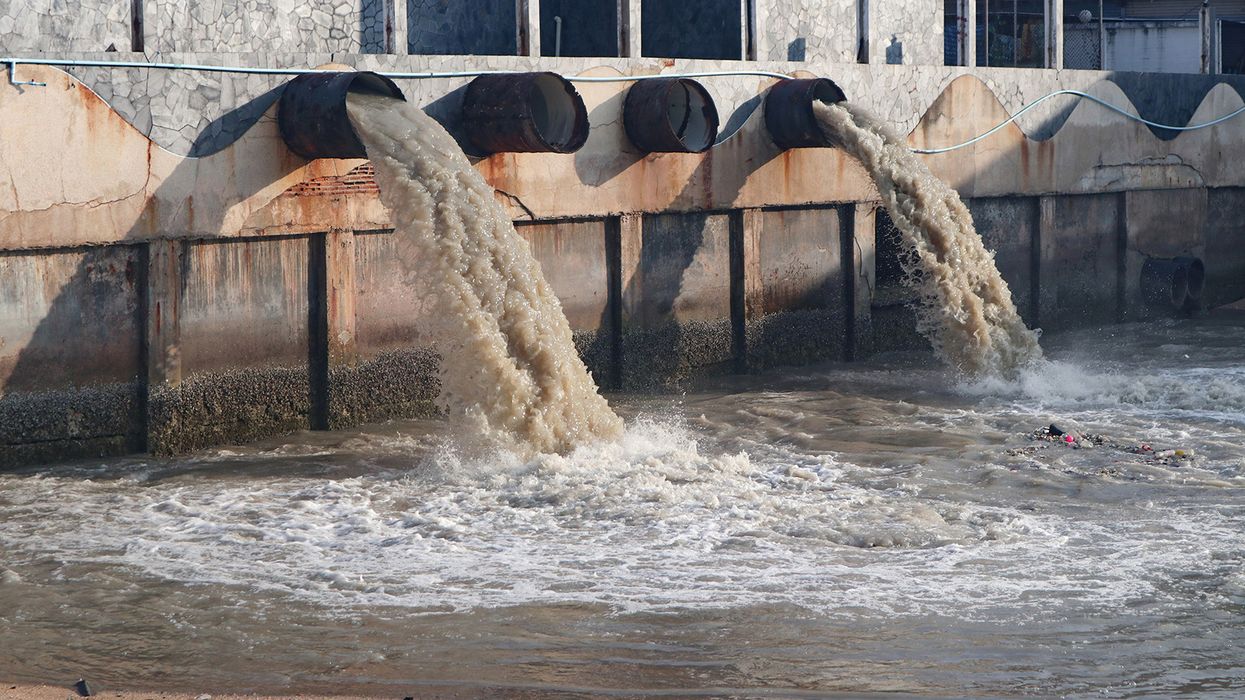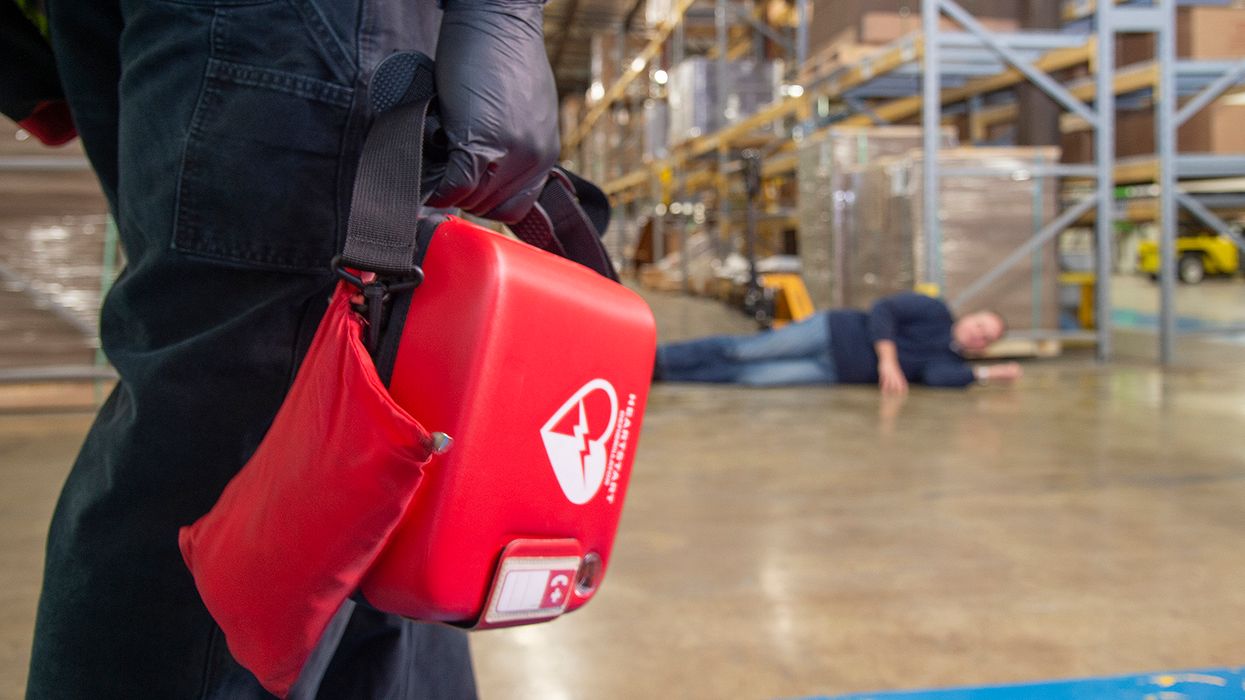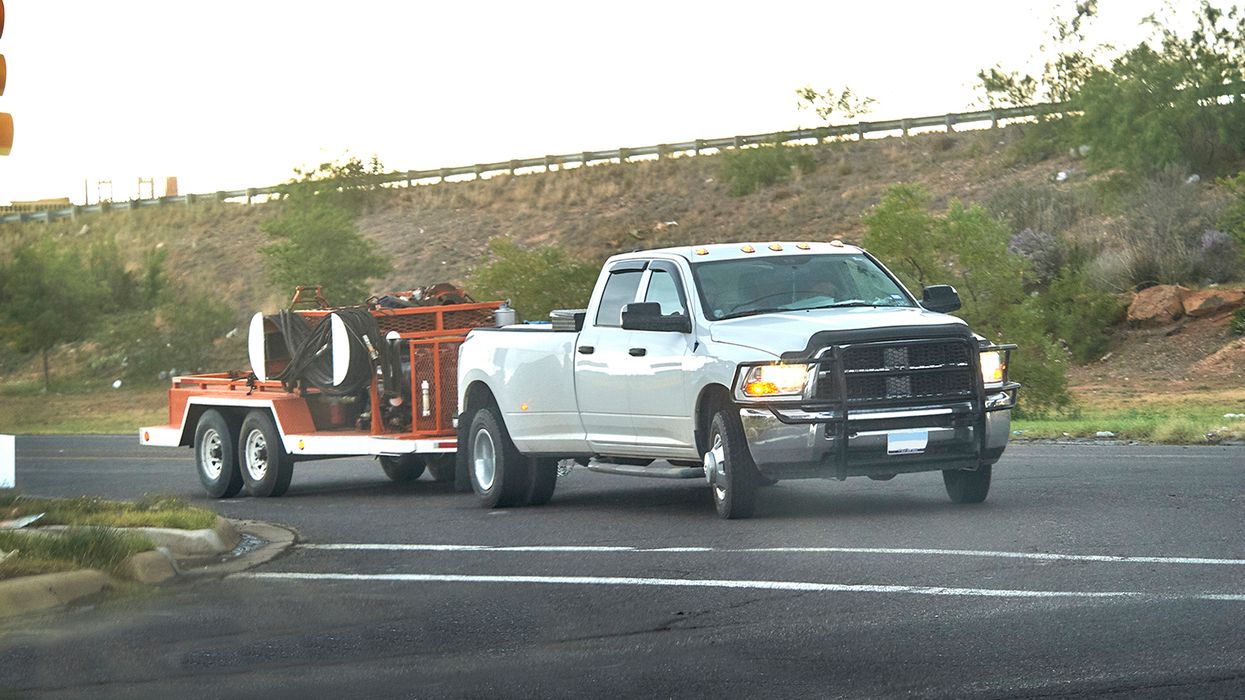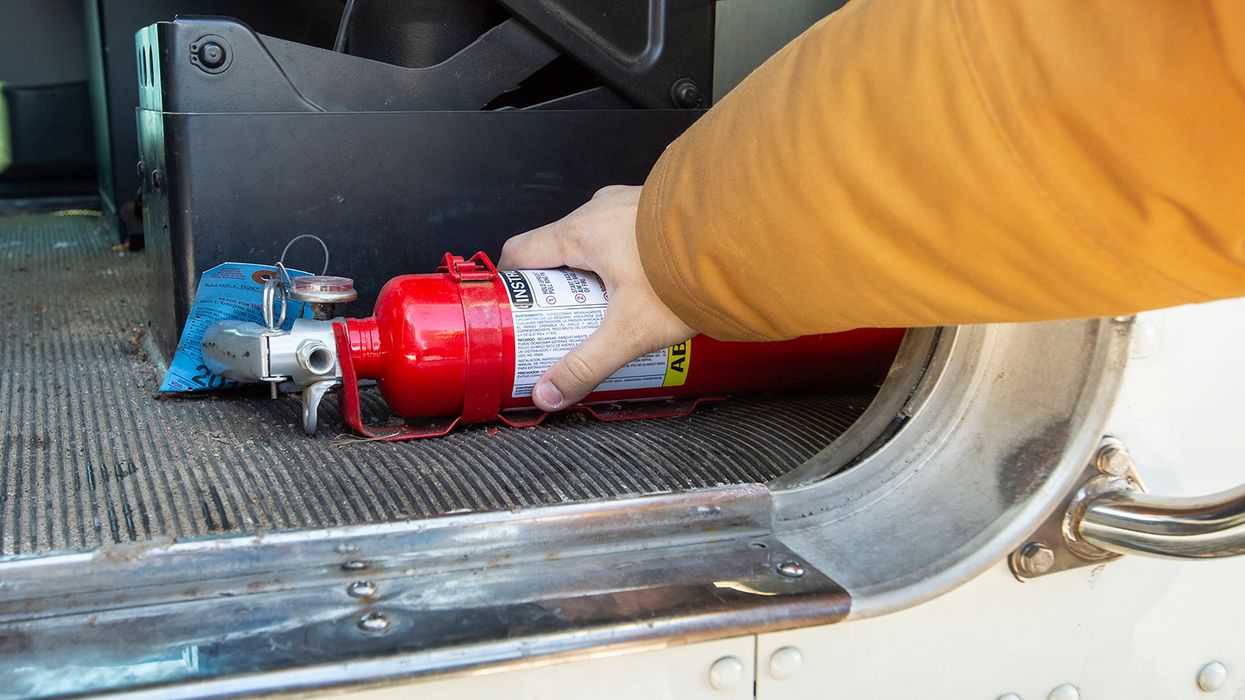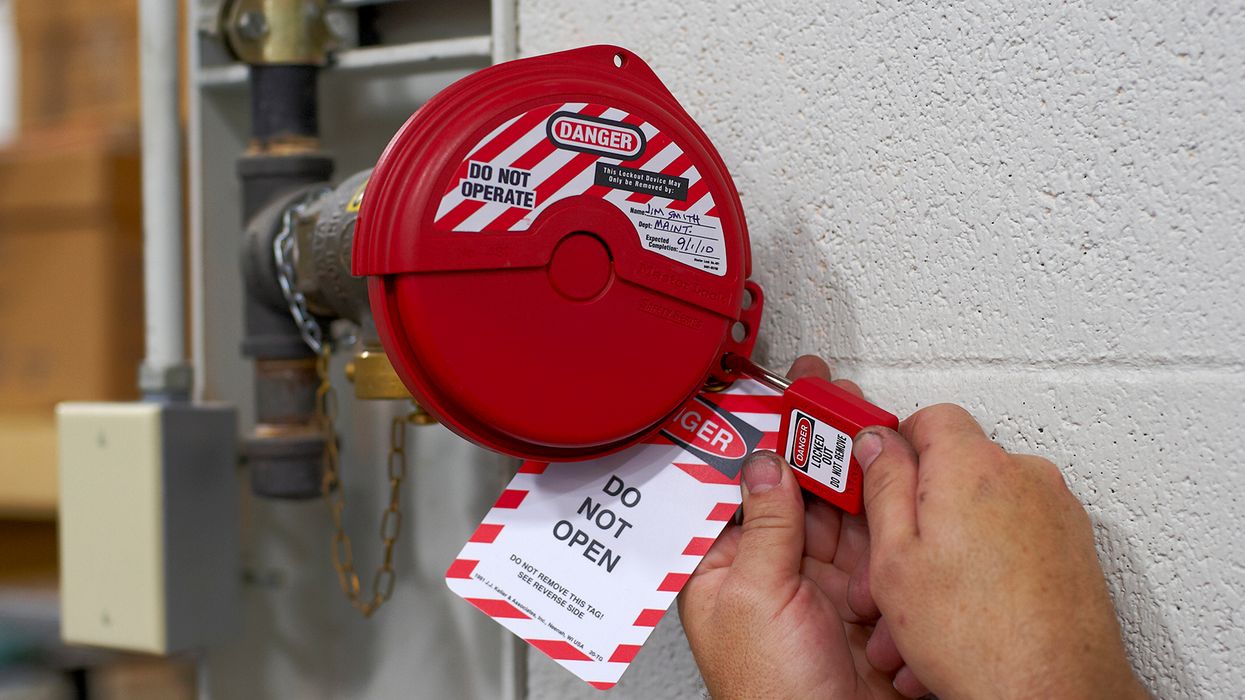Facility Response Plans: Hope for the best, prepare for the worst-case discharges
“What’s the worst that could happen?” You’ve likely heard and have even asked this rhetorical question. Under the Clean Water Act (CWA), it’s no longer rhetorical; it’s now a regulatory question that must be answered with formal, written plans by facilities that could discharge dangerous chemicals into nearby waterbodies.
The Environmental Protection Agency (EPA) finalized a rule (codified at 40 CFR Part 118) that requires certain facilities to develop and submit Facility Response Plans (FRPs) for worst-case discharges or the potential for worst-case discharges of CWA hazardous substances into navigable water.
Use this article to help you determine whether your facility is covered by the CWA hazardous substance FRP requirements.
First, review the terms.
The final rule covers “onshore, non-transportation-related facilities that could reasonably be expected to cause substantial harm to the environment by discharging a CWA hazardous substance into or on the navigable waters, adjoining shorelines, or exclusive economic zone.” As with all other regulations, the definitions of the terms determine what the rules mean and what they require.
- Adverse weather refers to weather conditions that make it difficult for response equipment and personnel to clean up or respond to discharged CWA hazardous substances.
- All CWA hazardous substances are listed at 116.4. The CWA hazardous substances with their corresponding reportable quantities are listed at 117.3.
- The maximum quantity on-site refers to the maximum total aggregate quantity for each CWA hazardous substance present within the facility at any time.
- Navigable waters are waters of the United States as defined at 120.2.
- Public receptors include public spaces inhabited, occupied, or used by the public at any time where a worst-case discharge into or on the navigable waters or a conveyance (i.e., means of transport) to navigable waters could injure members of the public.
- A worst-case discharge is the largest foreseeable discharge in adverse weather conditions, including a discharge resulting from fire or explosion.
Second, look at the applicability criteria.
A facility considered to pose substantial harm must meet three conditions. The CWA hazardous substance FRP requirements apply to facilities that:
- Have a maximum quantity on-site of any CWA hazardous substance 1,000 times or more than the reportable quantity listed at 117.3;
- Are within a 0.5-mile radius of navigable waters or a conveyance to navigable waters; and
- Meet one or more substantial harm criteria, including:
- The ability to cause injury to fish, wildlife, and sensitive environments;
- The ability to adversely impact a public water system;
- The ability to cause injury to public receptors; or
- The history of a CWA hazardous substance discharge above the reportable quantity that reached navigable water within the last five years.
The final rule requires facilities to model worst-case discharge scenarios that represent each covered CWA hazardous substance. Through these scenarios, facilities determine whether they meet the first three substantial harm criteria above.
Third, check the exceptions and exemptions.
Determine whether your facility qualifies for any exceptions or exemptions to the FRP requirements listed at 118.8.
Exceptions include:
- Facilities not reasonably expected to pose substantial harm based solely on location (excluding man-made structures designed to prevent a discharge);
- Equipment, vessels, or transportation-related facilities subject to other federal authorities, such as the Department of Transportation; and
- Underground storage tanks (USTs) and connected underground piping, equipment, and containment systems subject to UST regulations.
Exemptions apply to:
- CWA hazardous substances contained in articles (which are excluded from calculations of the maximum quantity on-site); and
- Certain uses, such as for processing or cooling water.
If your facility meets the applicability criteria and doesn’t qualify for any exceptions or exemptions, it’s subject to the CWA hazardous substance FRP requirements. You must prepare, submit to EPA, and implement an FRP.
Covered facilities must submit FRPs to EPA within three years of May 28, 2024 (the effective date of the rule).
Fourth, keep these tips in mind.
- When calculating the quantity of CWA hazardous substances at your site, use the table at 117.3 since it contains the reportable quantities. The tables at 116.4 only list the covered substances.
- Don’t forget to include mixtures! The standards at 118.9 explain how to handle CWA hazardous substances contained in mixtures when calculating your facility’s maximum on-site quantity.
- EPA regional administrators may require any facility they assess on a case-by-case basis to develop an FRP based on site-specific factors. So, even if your facility determines it doesn’t meet the applicability criteria, an EPA regional administrator may still require your facility to prepare an FRP.
Key to remember: A final rule under the Clean Water Act requires certain facilities to develop, submit to EPA, and implement Facility Response Plans for worst-case discharges of hazardous substances into navigable waters.

